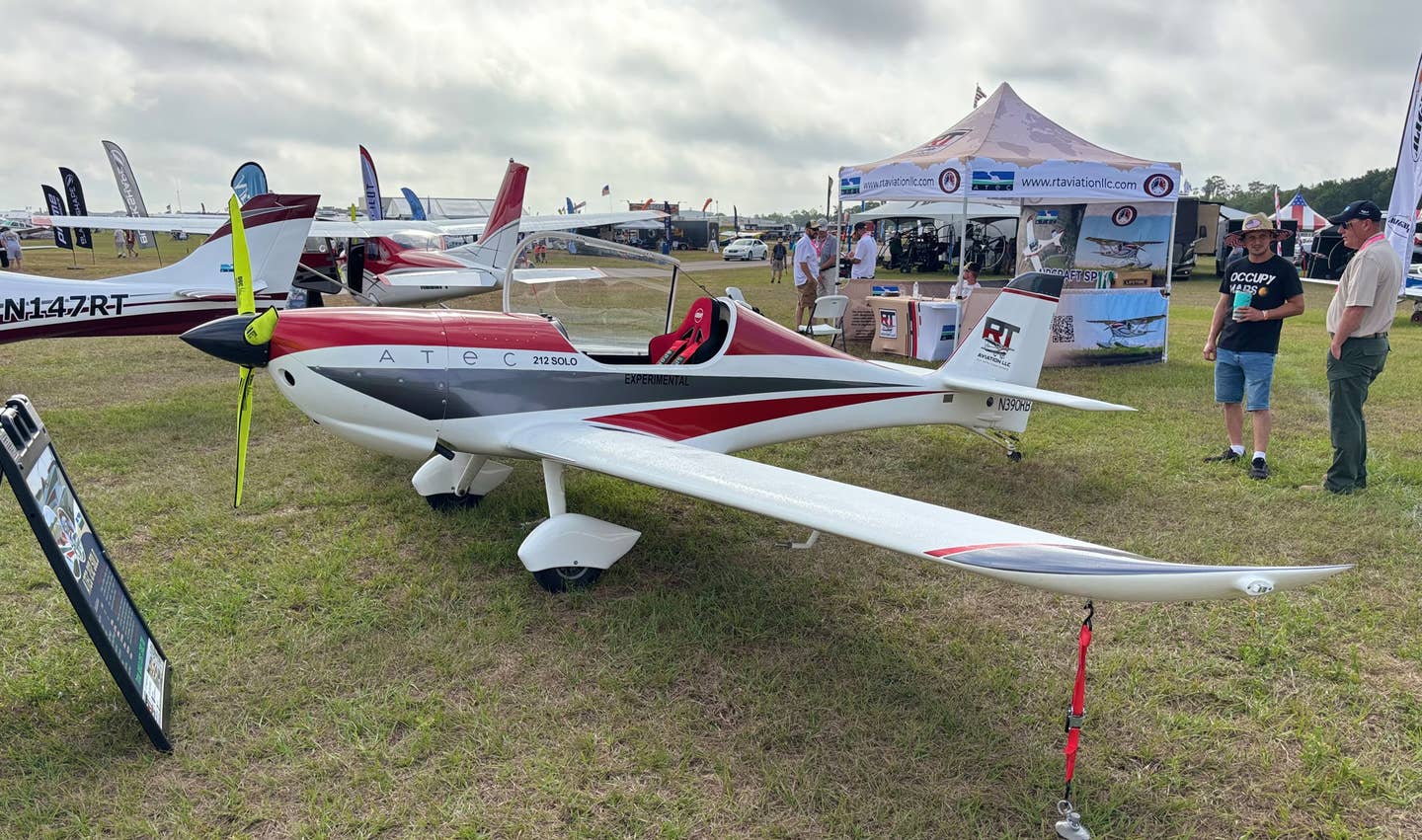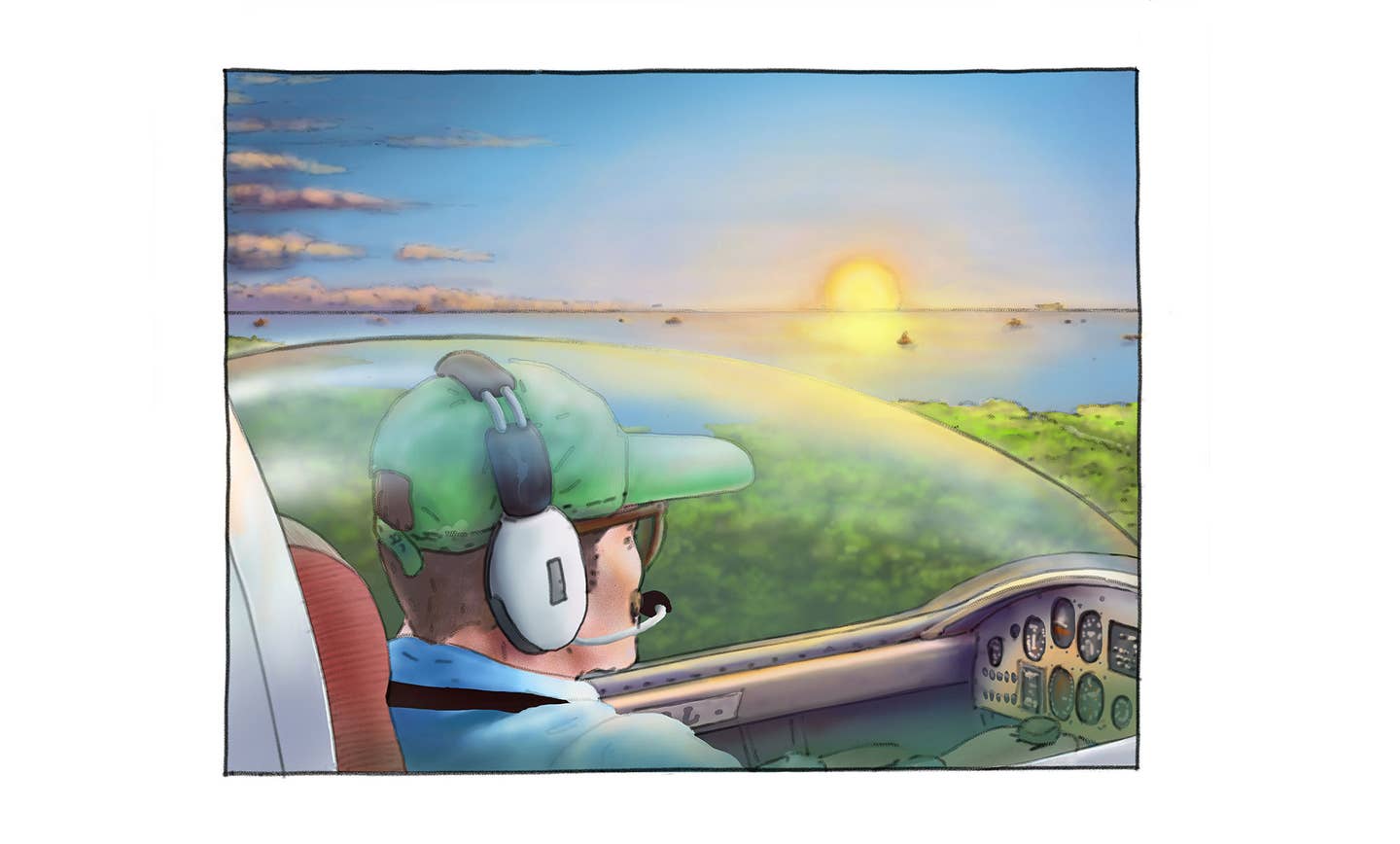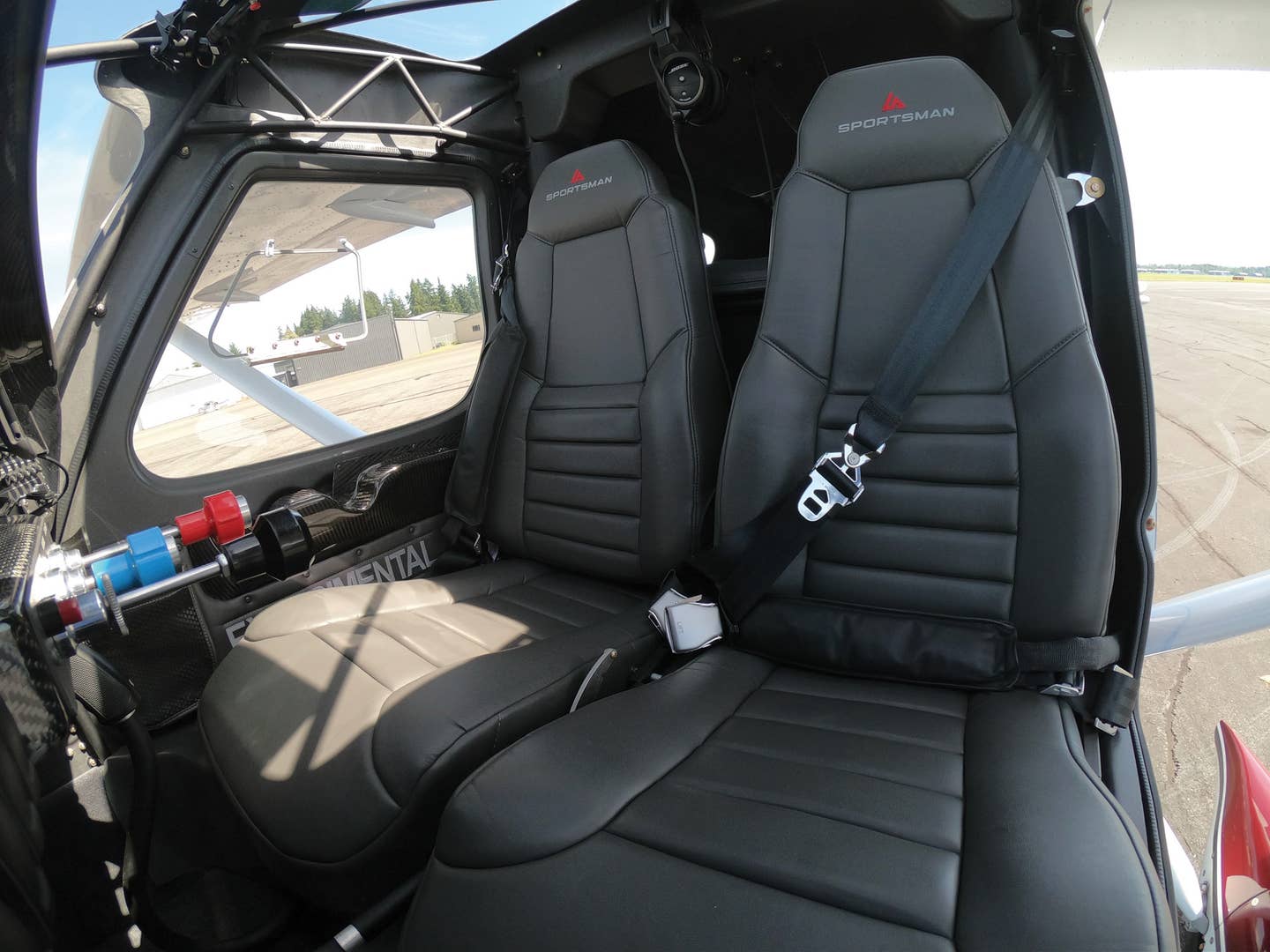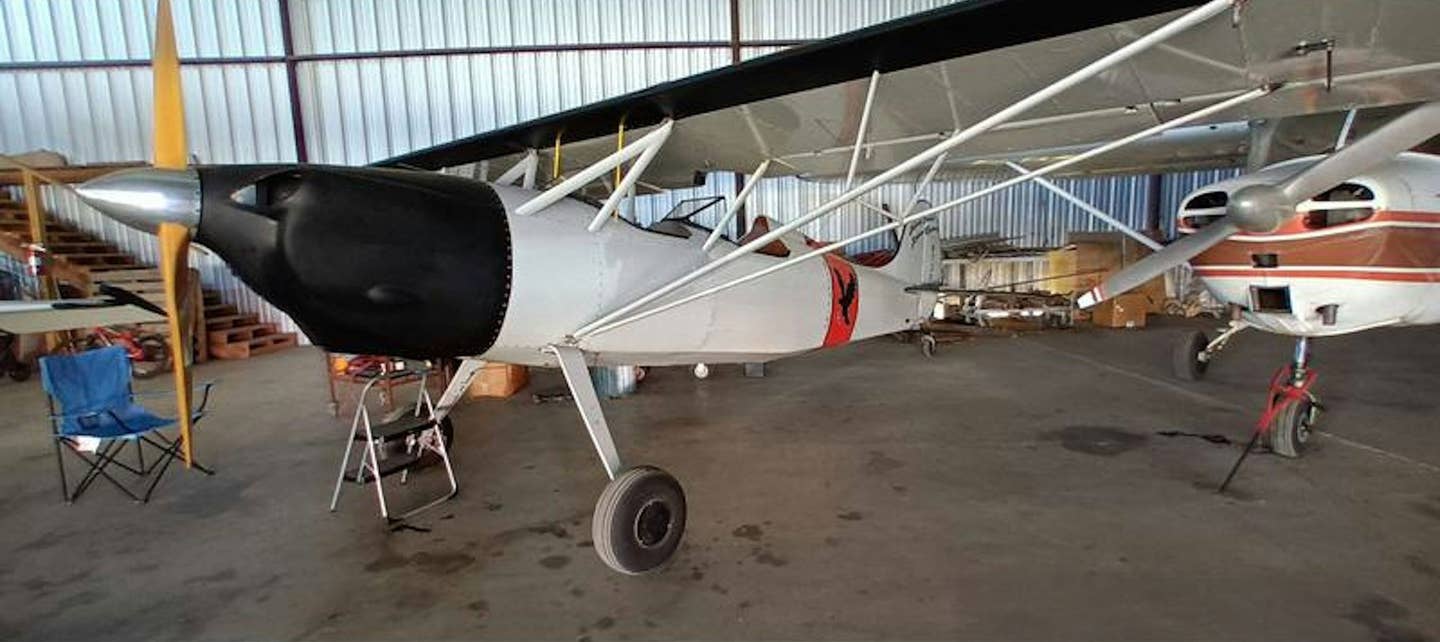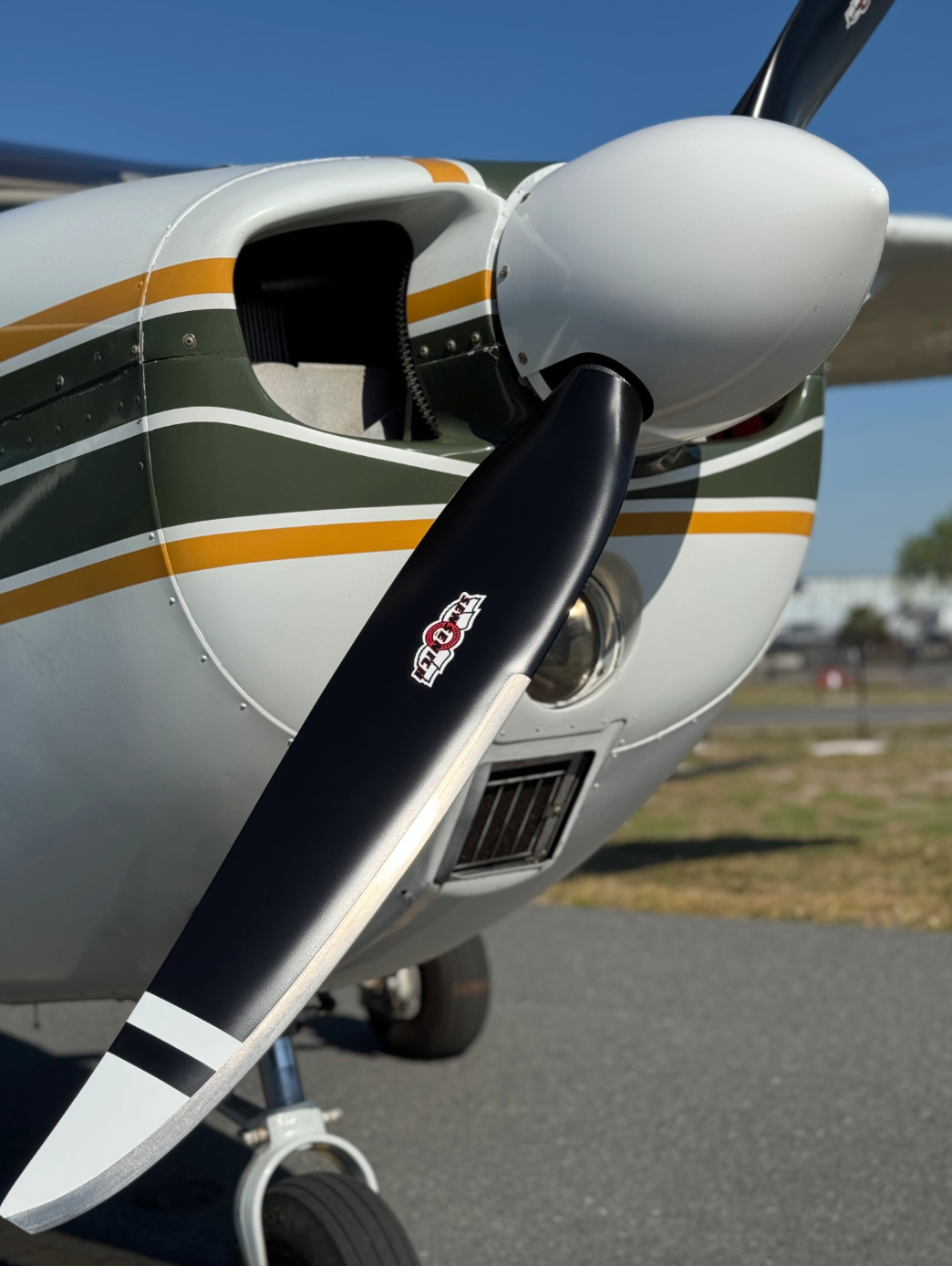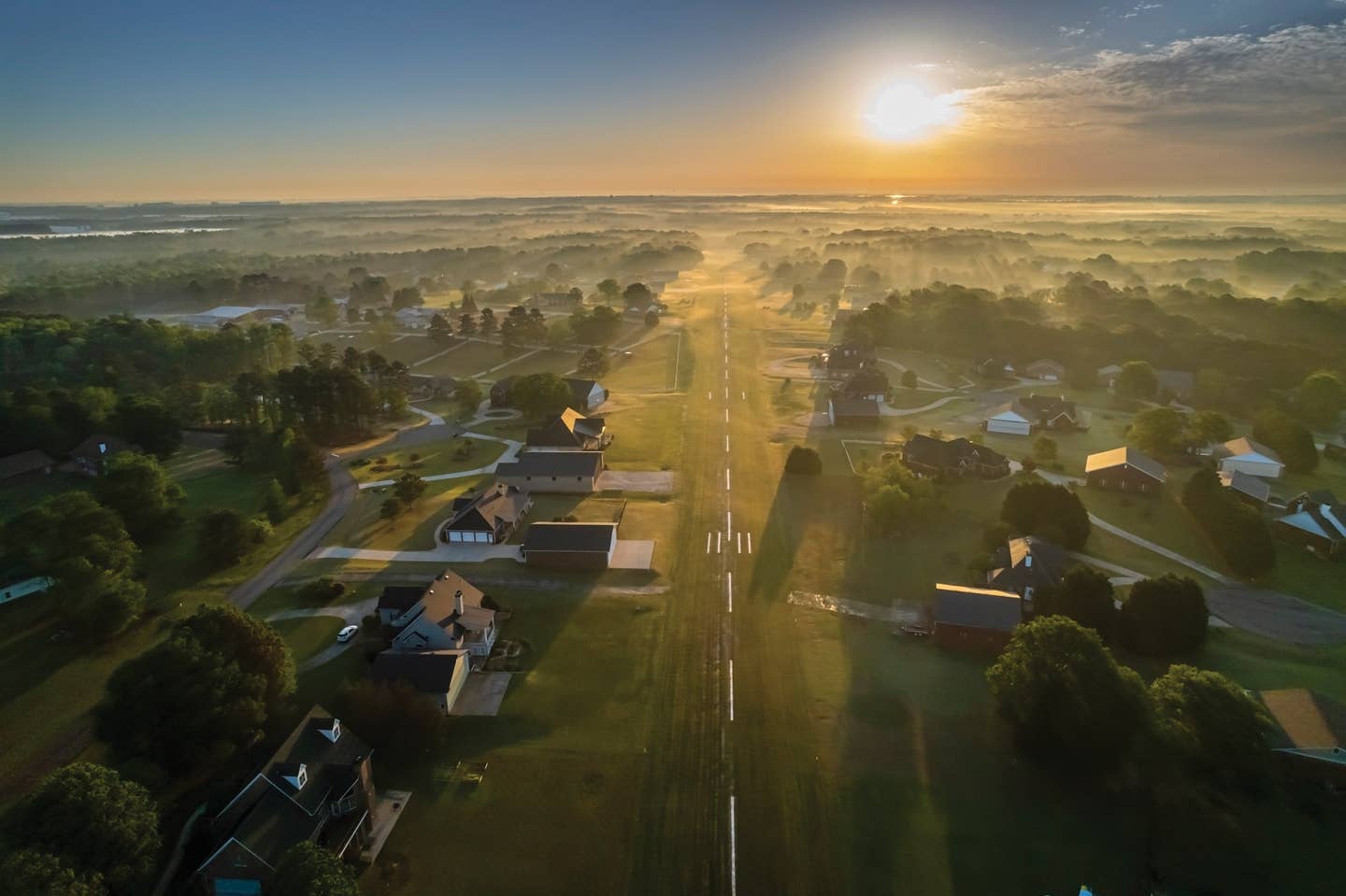To finish out
To finish out the straight-tail 182s, the 1958 182A added a rudder trim bungee to relieve leg pressure in long climbs, and the 1959 182B introduced cowl flaps, which the…
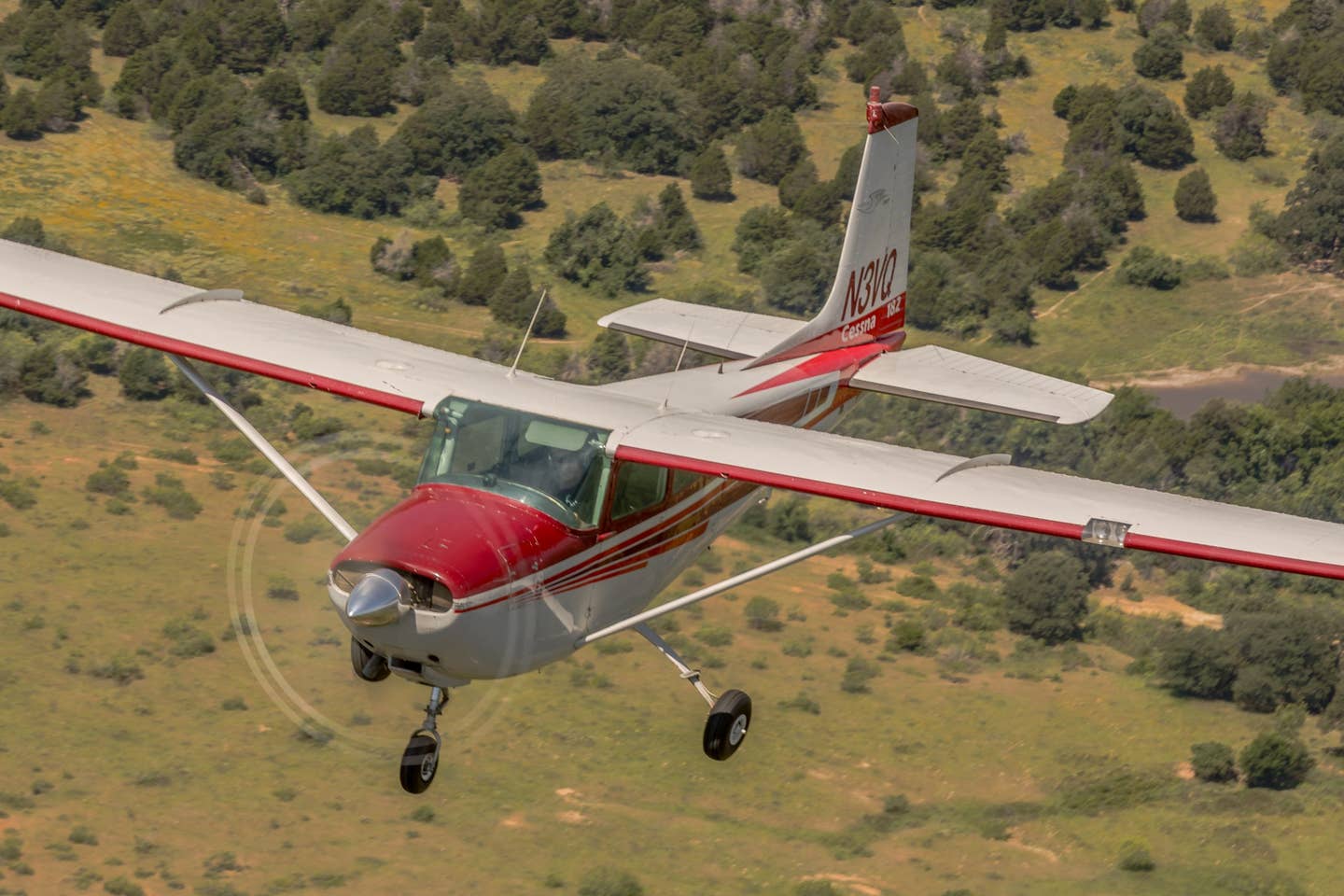
It’s easy to spot the oldest 182s, thanks to their distinctive straight-up tails and sloped, windowless rear deck. This 182A model is from between 1956 and 1958.
To finish out the straight-tail 182s, the 1958 182A added a rudder trim bungee to relieve leg pressure in long climbs, and the 1959 182B introduced cowl flaps, which the 180 had always had. It was in 1958 that the first "Skylane" deluxe version of the 182 was offered, featuring all-over paint, a full-gyro panel and spiffy new wheel pants; the standard partially painted 182 was still available until 1975, but hardly any were sold.
For 1960, swept tails came into vogue; at Cessna, only the 150 and 180 retained their straight-up fins. For two years, Cessna built the 182C and D, which carried a swept fin and a third side window but kept the straight-back fuselage. For 1961, a twist-key starter replaced the earlier push button. However, it was time for a major makeover.
In 1962, the Skylane as most of us know it was introduced. The cabin was widened by 4 inches, an electric flap switch and fuel valve/trim pedestal replaced the old manual flap handle and floor tunnel, and a back window was fitted into a cut-away aft fuselage. The new flat-floor interior was so spacious I could slide my teenage body between the front seats in flight to reach the back seats. To restore stability with the enlarged cabin, an elevator downspring was needed, and a conventional elevator trim tab replaced the adjustable stabilizer. Optional 84-gallon fuel tanks were made available, quickly supplanting the old 65-gallon tanks. For 1962 and 1963, the 182E and F had a two-piece rear window; from 1964 and on, today's single-pane rear window and teardrop side windows were used.
With the Skylane's interior and exterior styling now firmly established, gradual improvements were made to the airplane through the 1960s and 1970s; 1965 brought a 10-inch wider tail, 1966 introduced a rams-horn control wheel, 1967 Skylanes had a shorter nosegear strut and smaller flashing beacon, 1968 introduced a preselect flap switch and standard-T flight instruments, and 1969 had optional electroluminescent panel lighting.
In 1970, stylish drooped wingtips reduced wingspan by 4 inches, and takeoff weight was raised to 2,950 pounds. However, the maximum landing weight remained 2,800 pounds, so it was necessary to burn off 25 gallons of fuel before attempting a touchdown. For 1971, an enlarged 200-pound baggage area was created, and in 1972, the landing lights were moved to the nose, a lower and wider tubular-strut maingear was used, allowing the landing weight to be raised to 2,950 pounds, and a cambered leading edge was added to the wings. The 1973 Skylane had a slightly longer dorsal fin, and in 1975, an aft shelf was added to the baggage compartment, and 5 mph more cruise speed was achieved by adding brake fairings and other clean-ups. For 1976, the primary airspeed indications and limitations were changed from mph to knots.
A major change occurred in 1977 with the introduction of a high-compression, low-rpm O-470-U engine, using 100-octane fuel. To maintain the 230-hp rating, maximum rpm was reduced from 2,600 rpm to 2,400, rendering the propeller control rather superfluous. For 1978, a 28-volt electrical system was introduced, and in 1979, a 92-gallon wet wing integral fuel tank system replaced the 84-gallon bladder tanks. The 1981 182R saw gross weight increase again, to 3,100 pounds, with landing weight restricted to 2,950 pounds, and an upper latch pin was added to the doors. In 1983, the recommended TBO of the O-470-U engine was raised from 1,500 hours to 2,000 hours to better compete with the competition's robust Lycoming engines. The 1985 Skylane had a standard rear-seat shoulder harness (front-seat harness had been standard since 1971) and a standby vacuum system was required for IFR certification. The 1986 Skylane, of which only a few were built before a 10-year pause in production, carried a base price of $80,950, which we thought was scandalous at the time.

Subscribe to Our Newsletter
Get the latest Plane & Pilot Magazine stories delivered directly to your inbox

